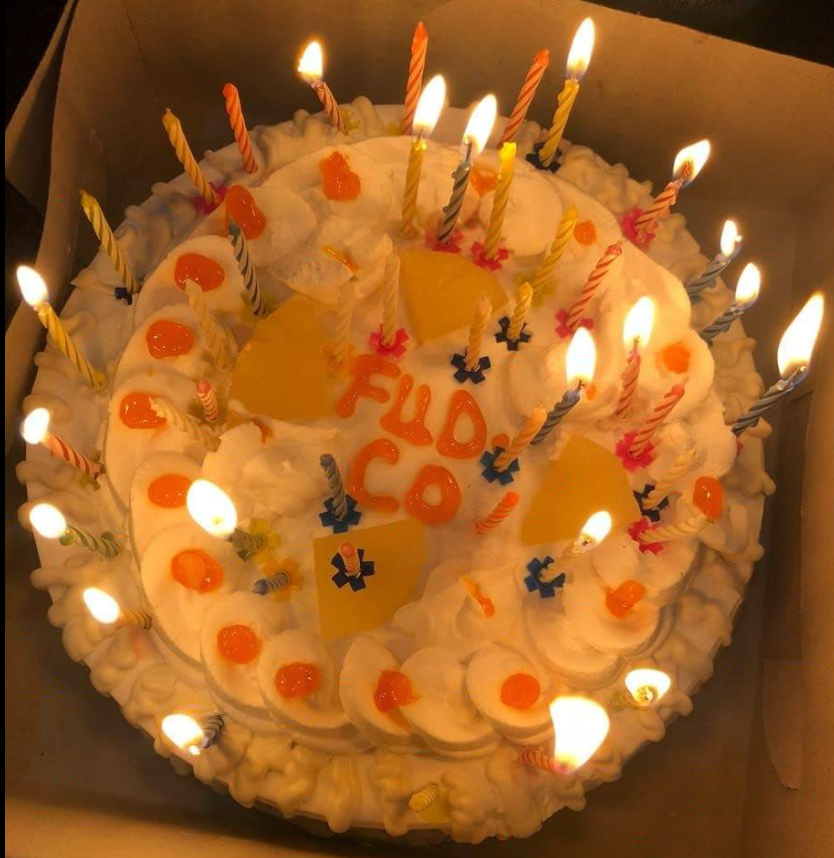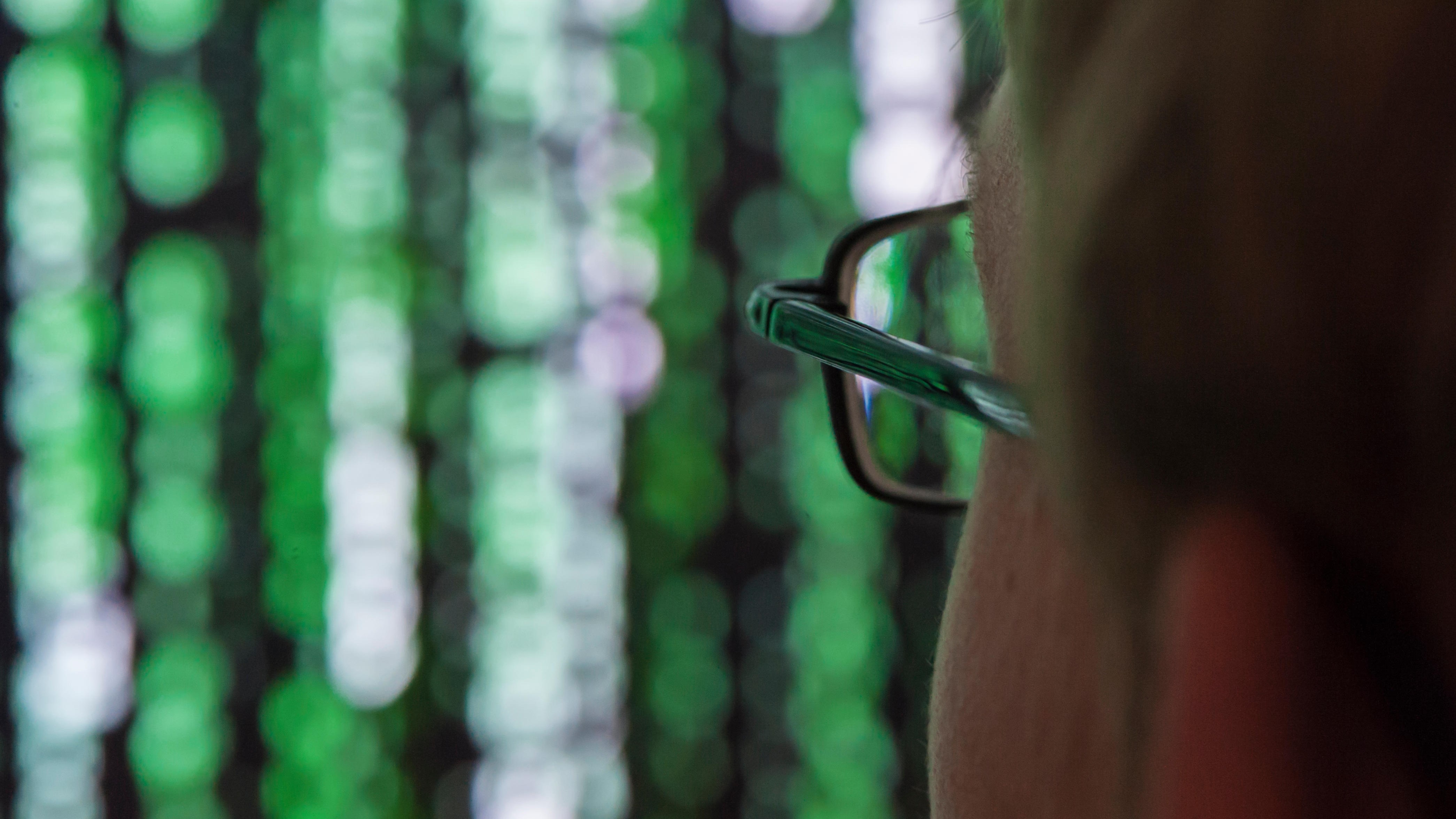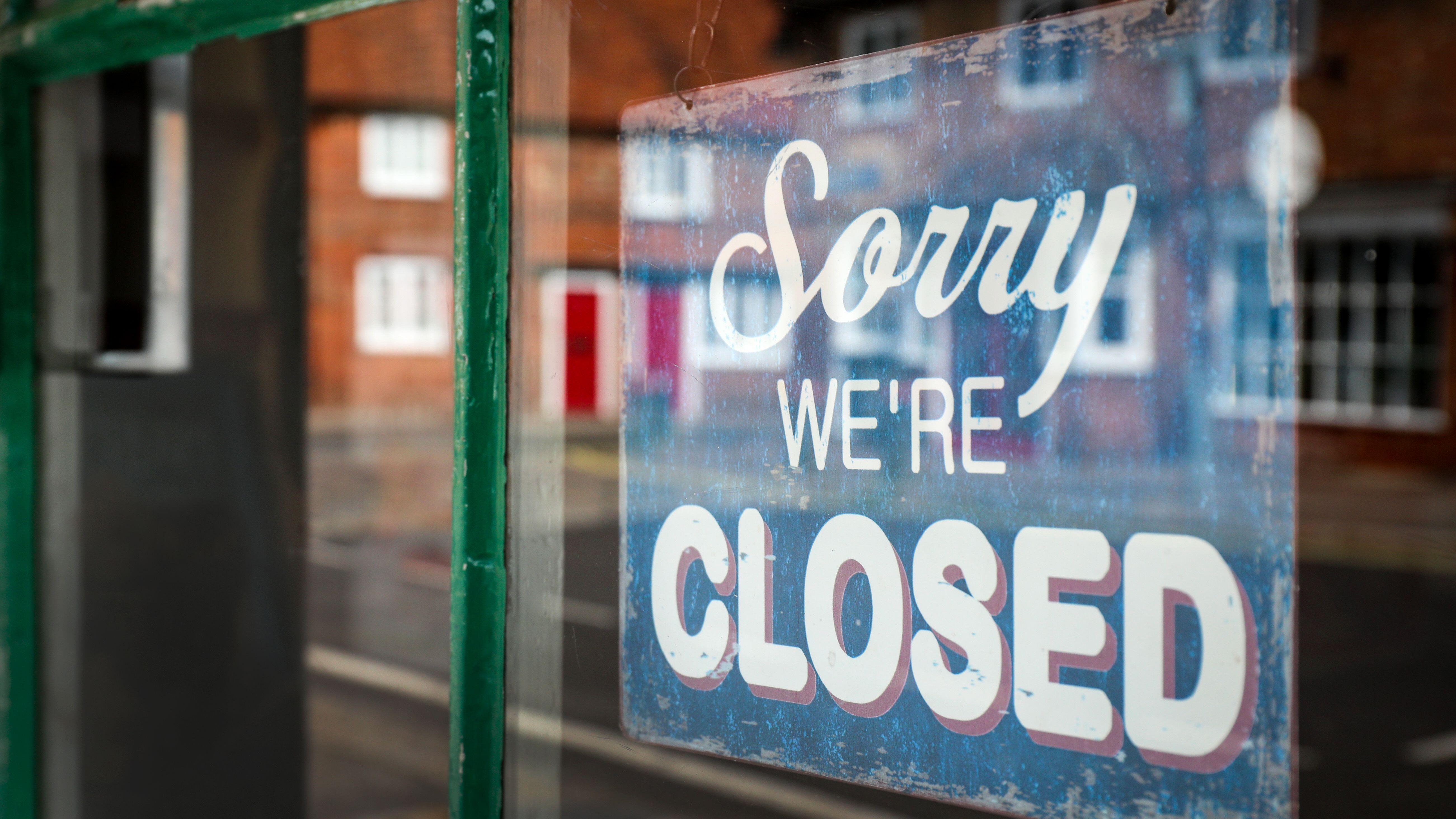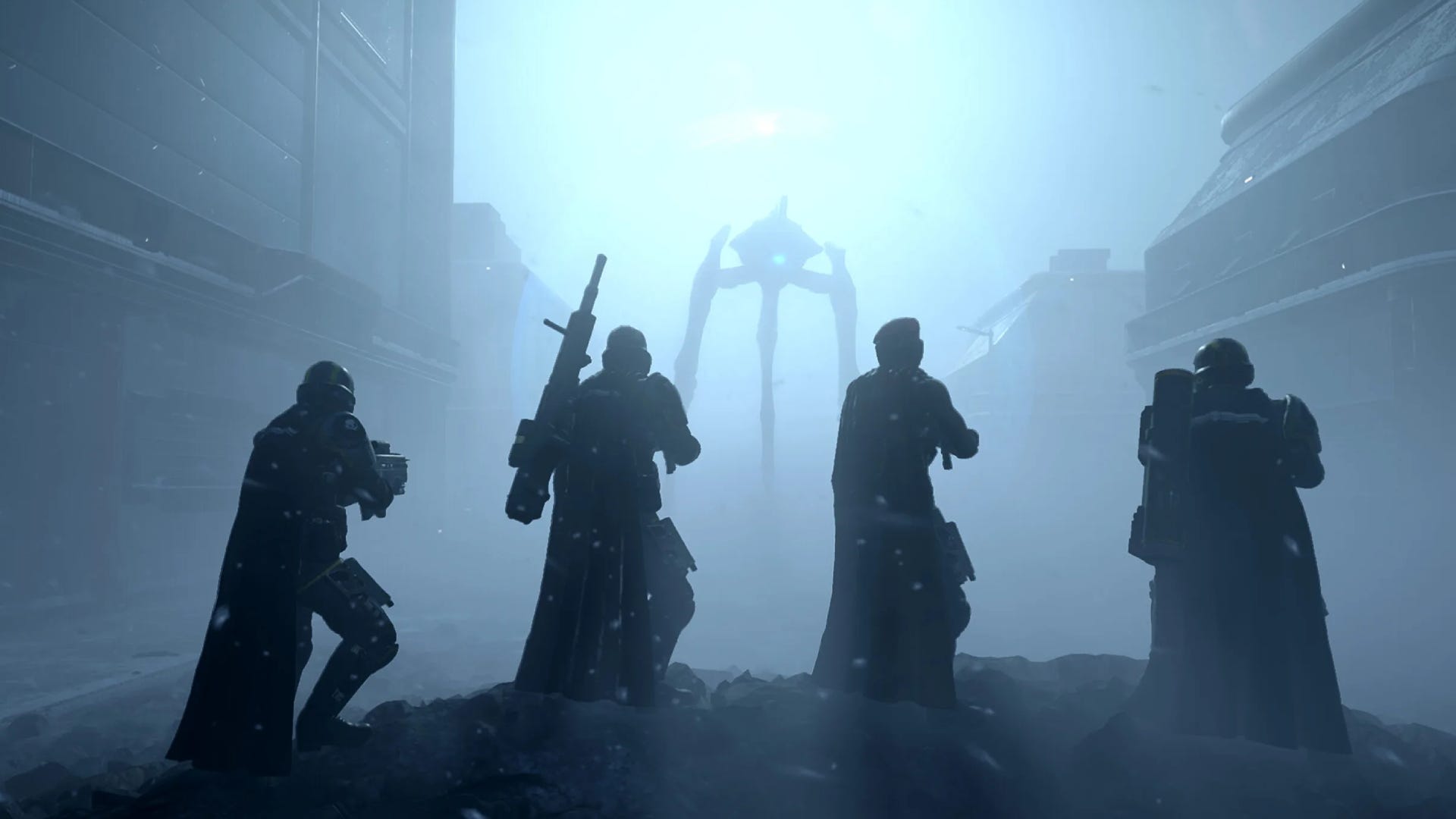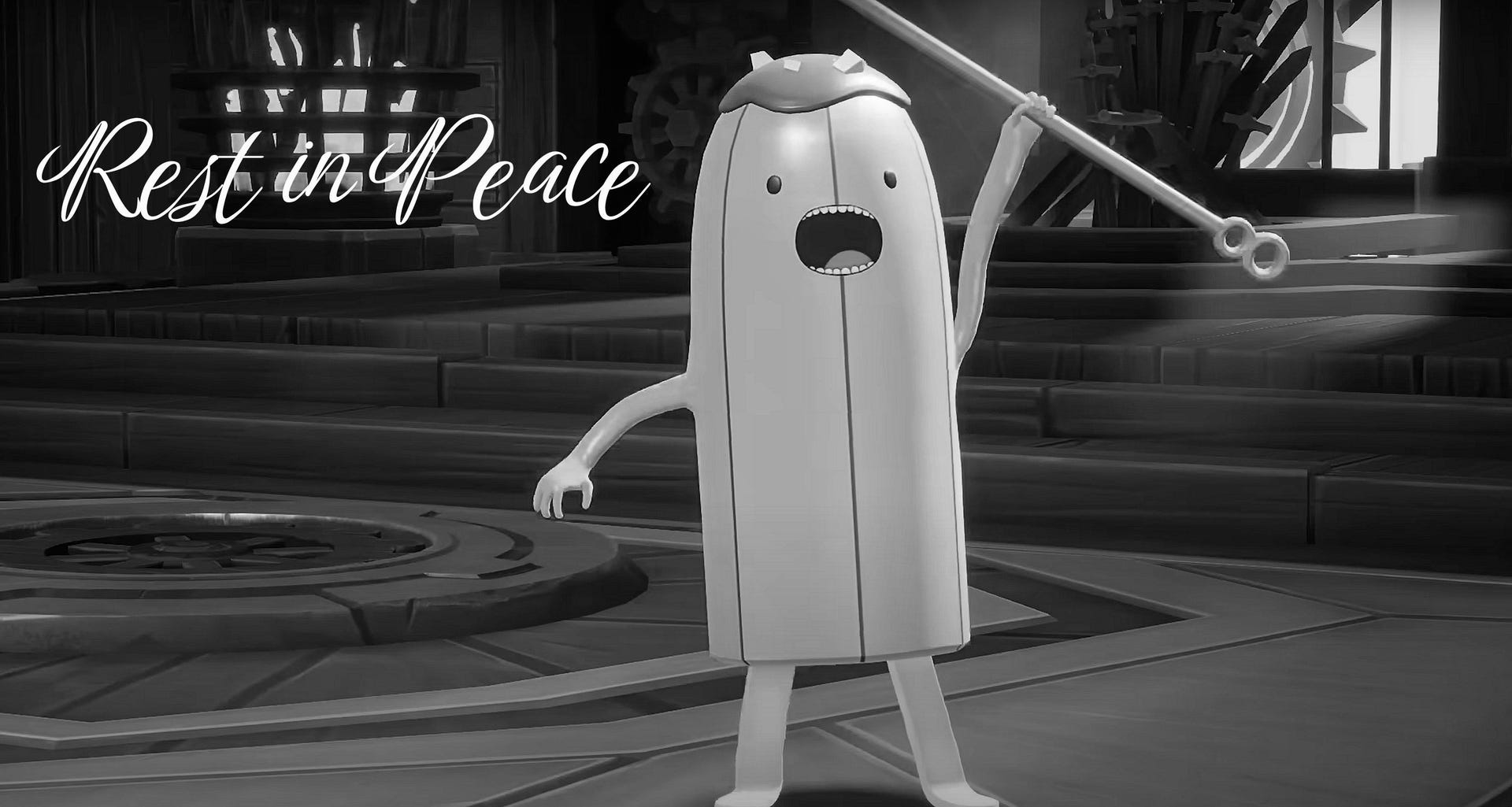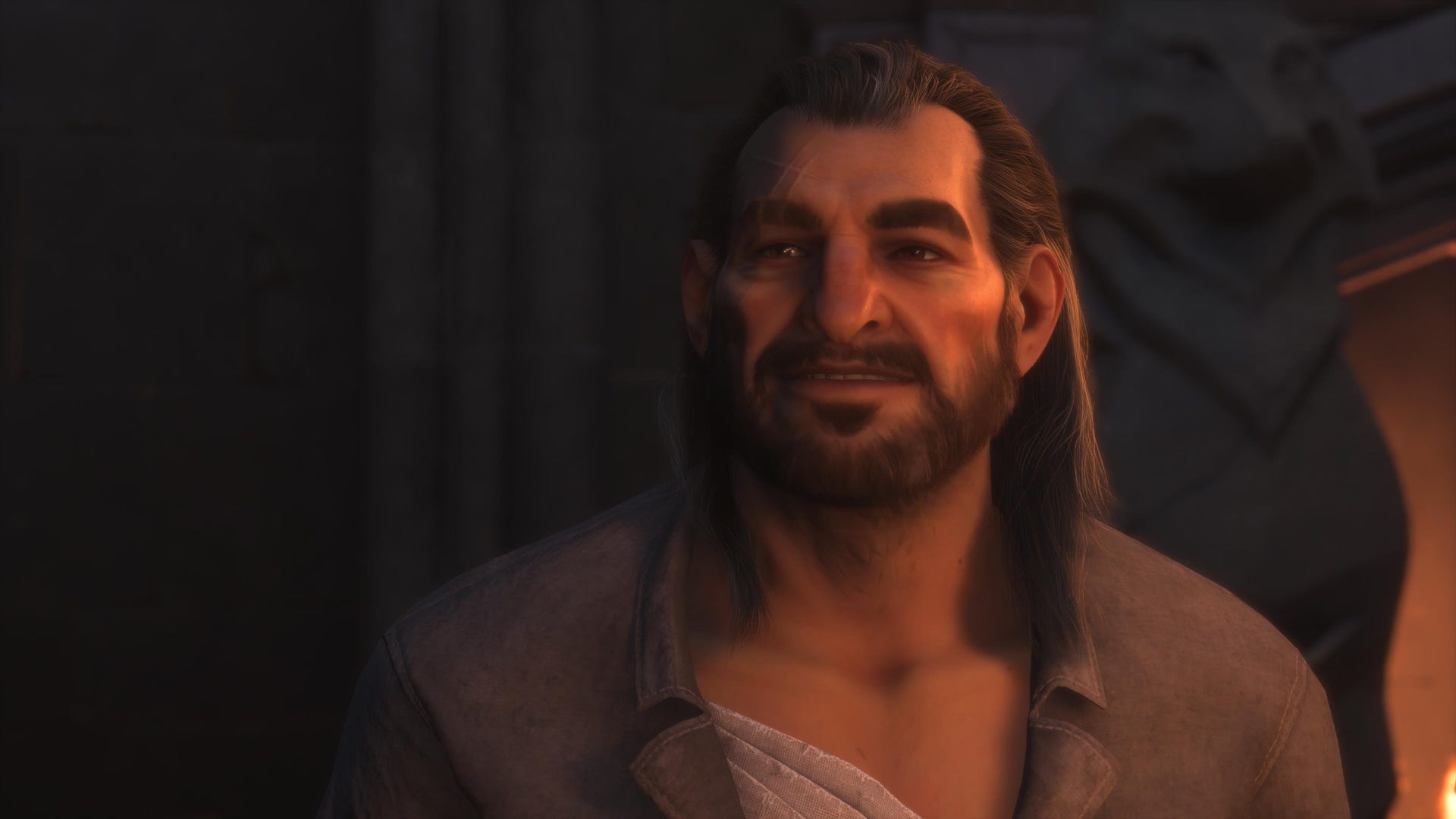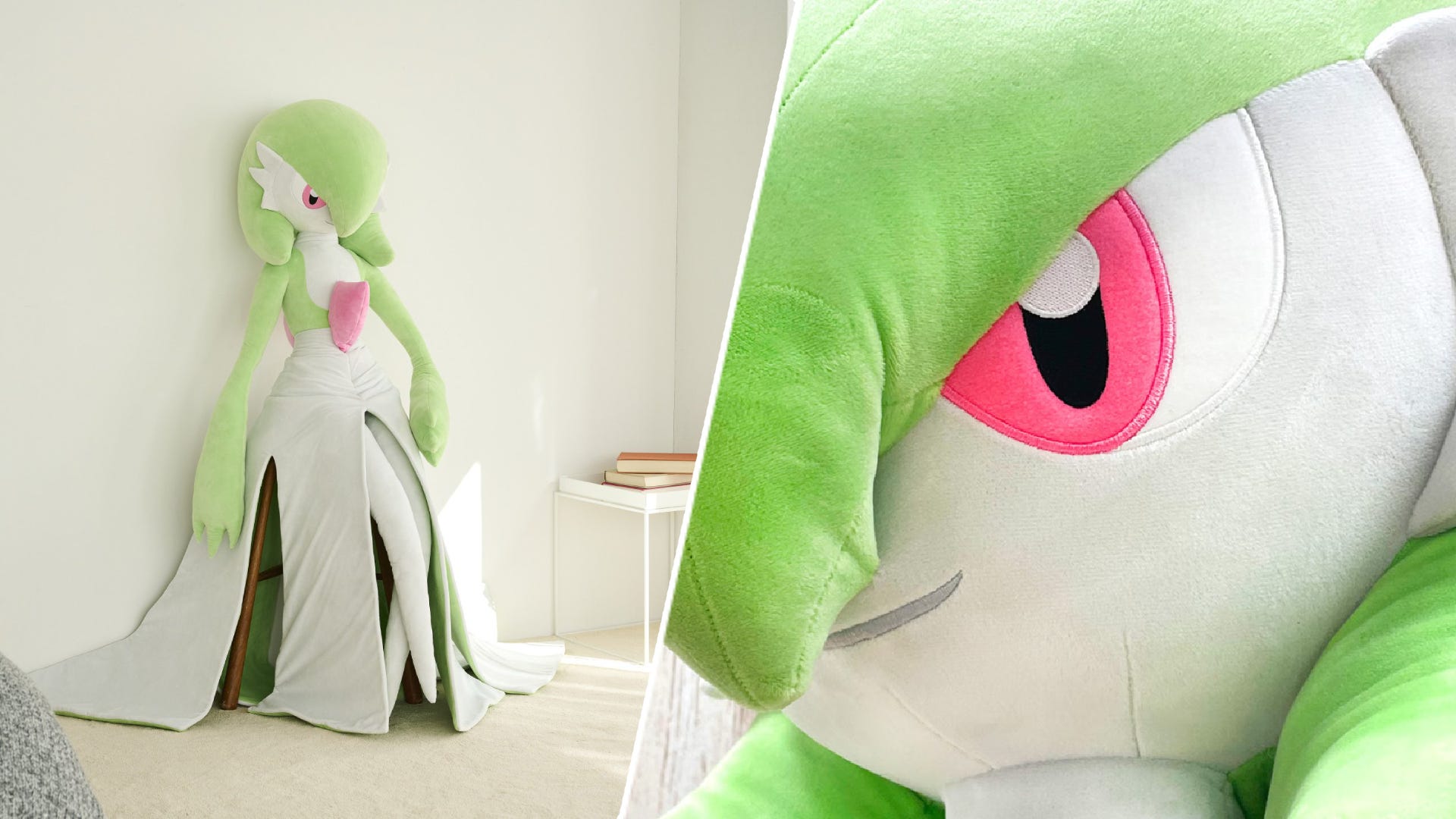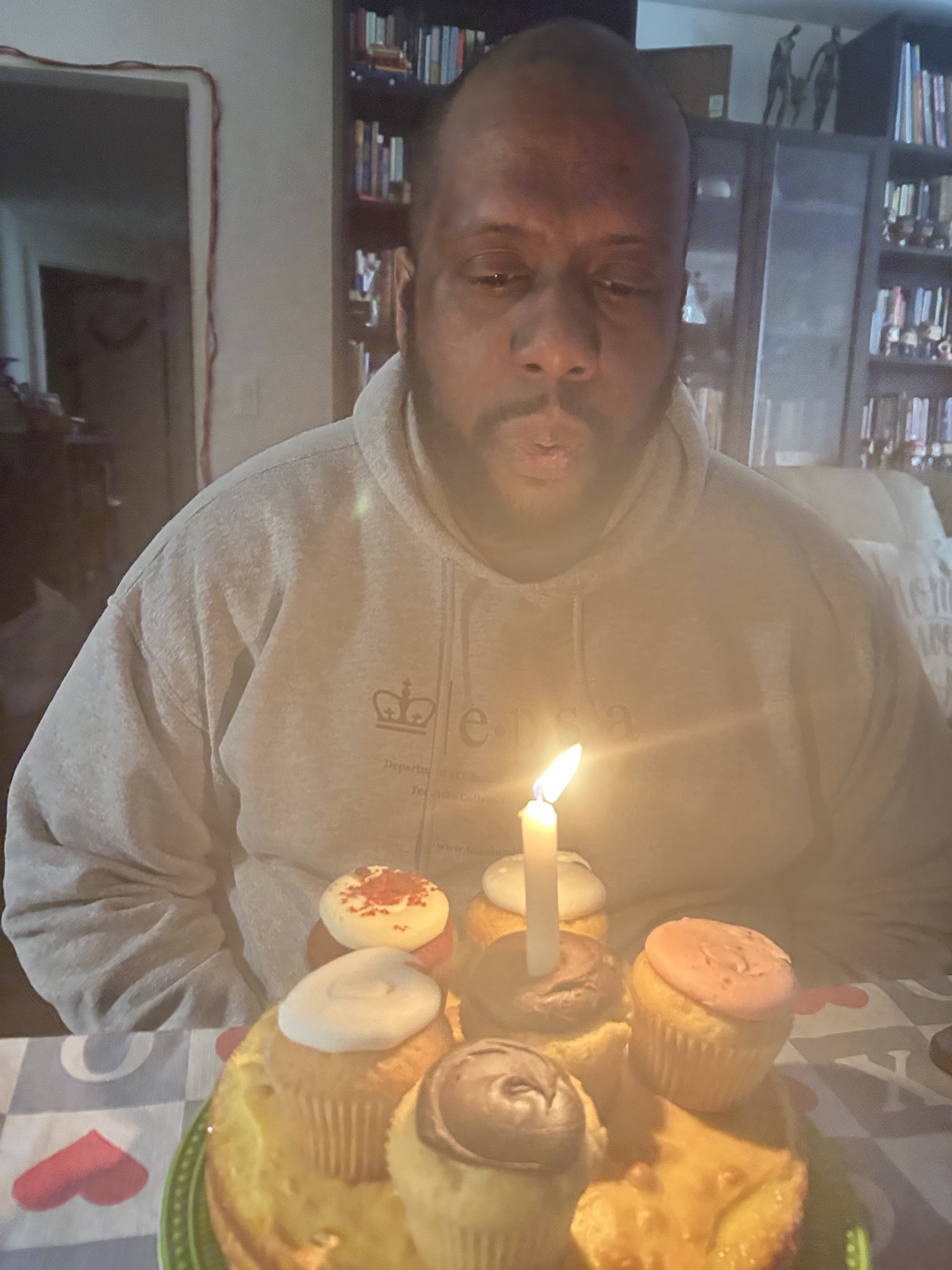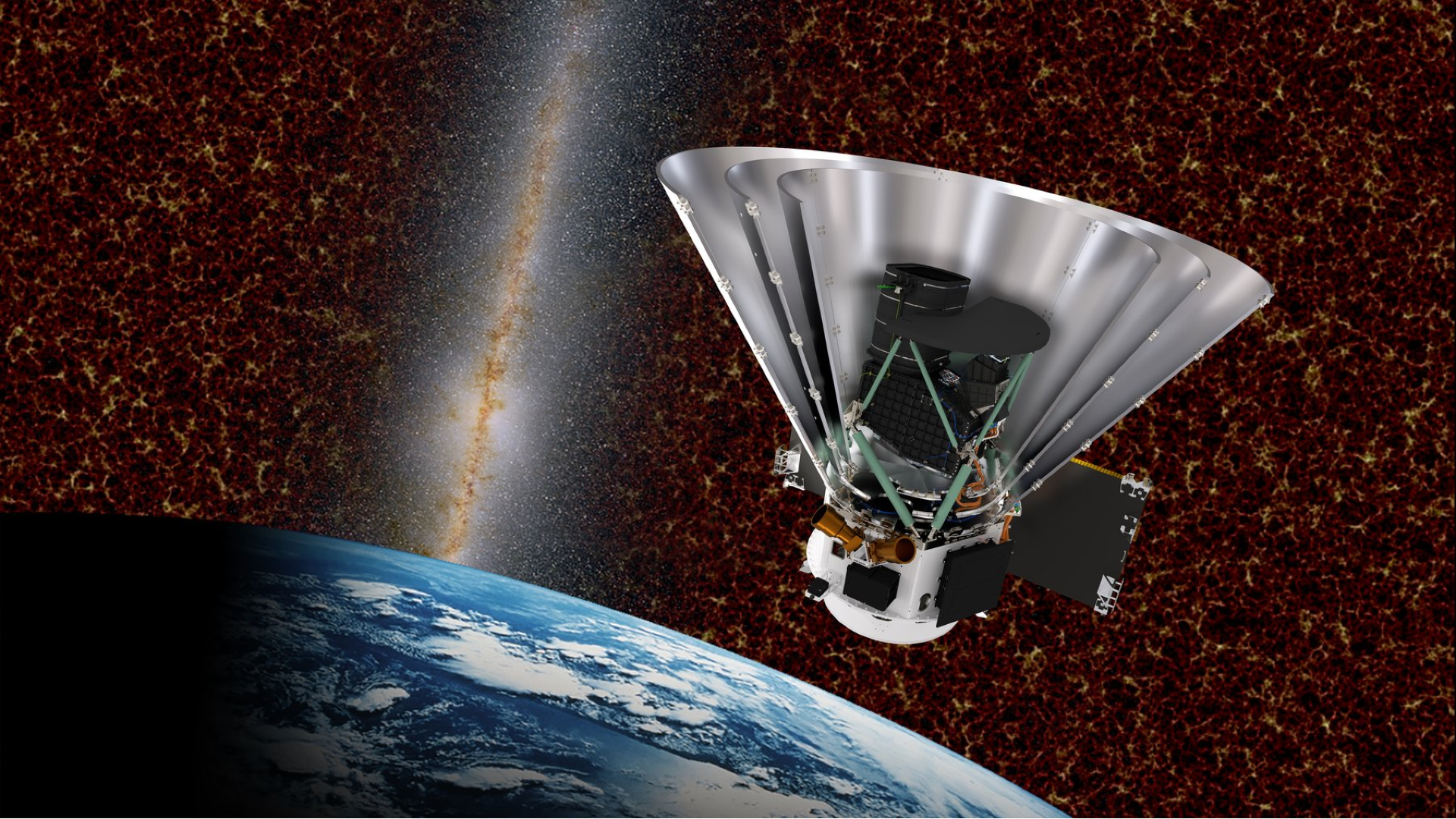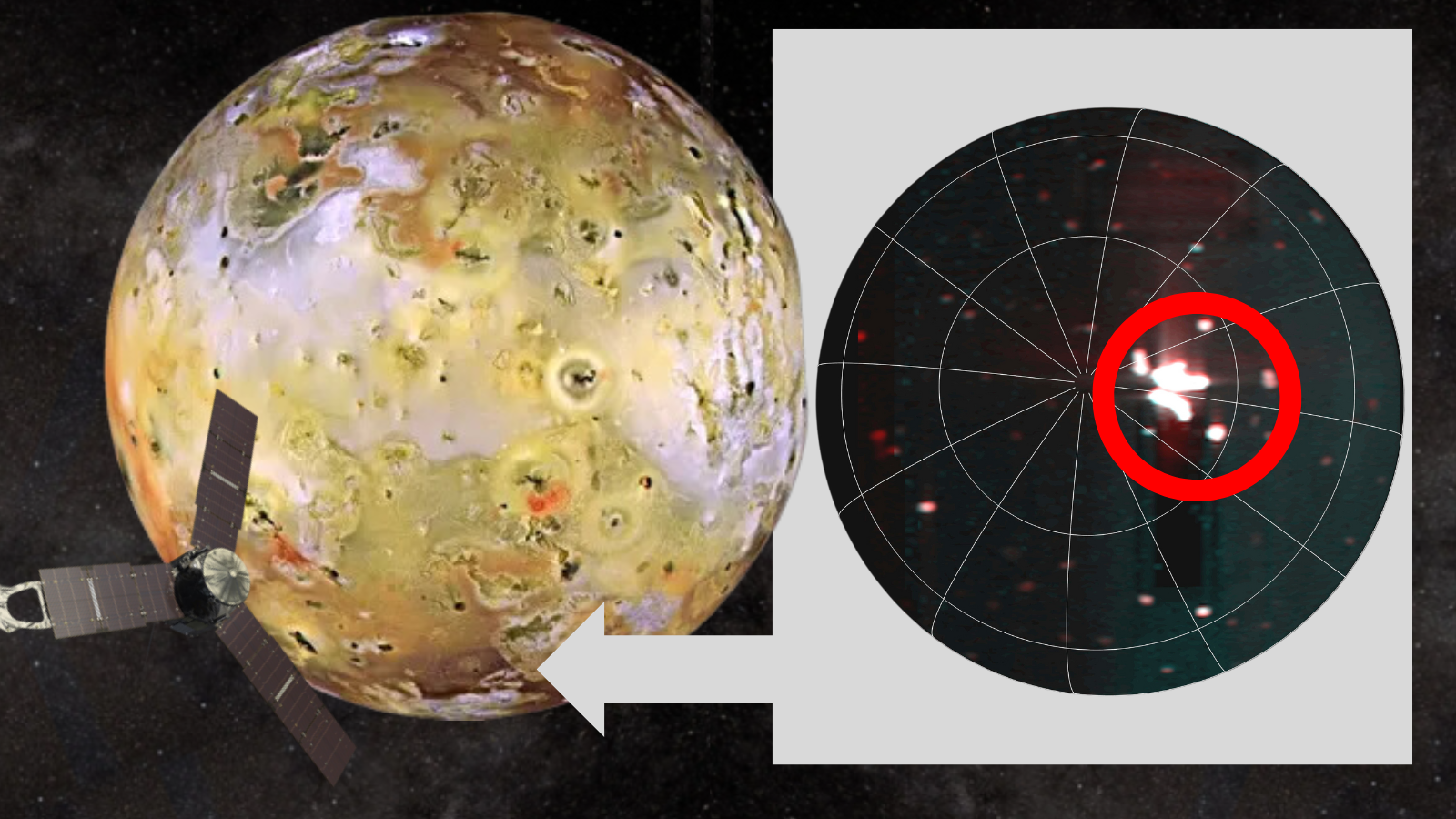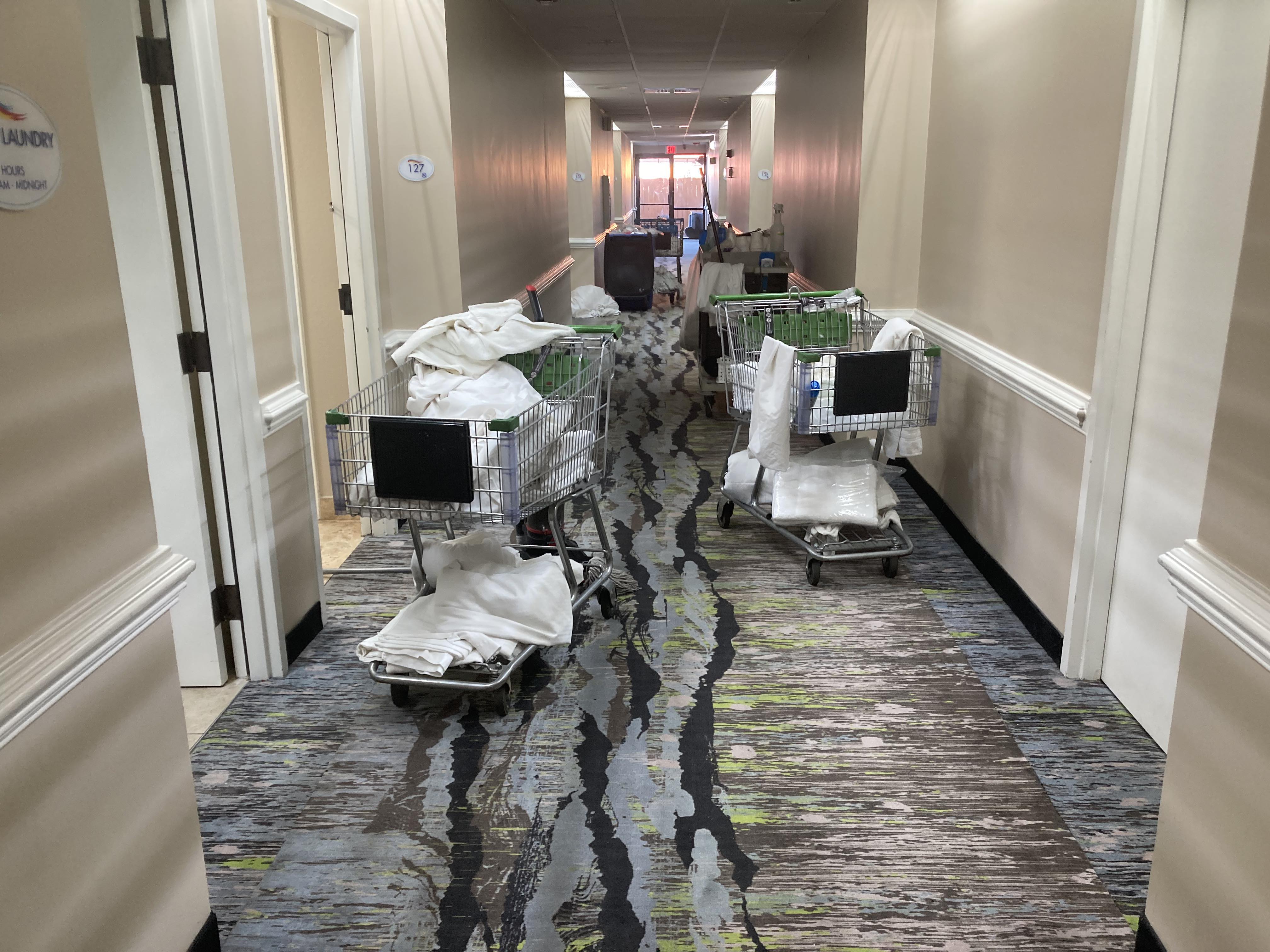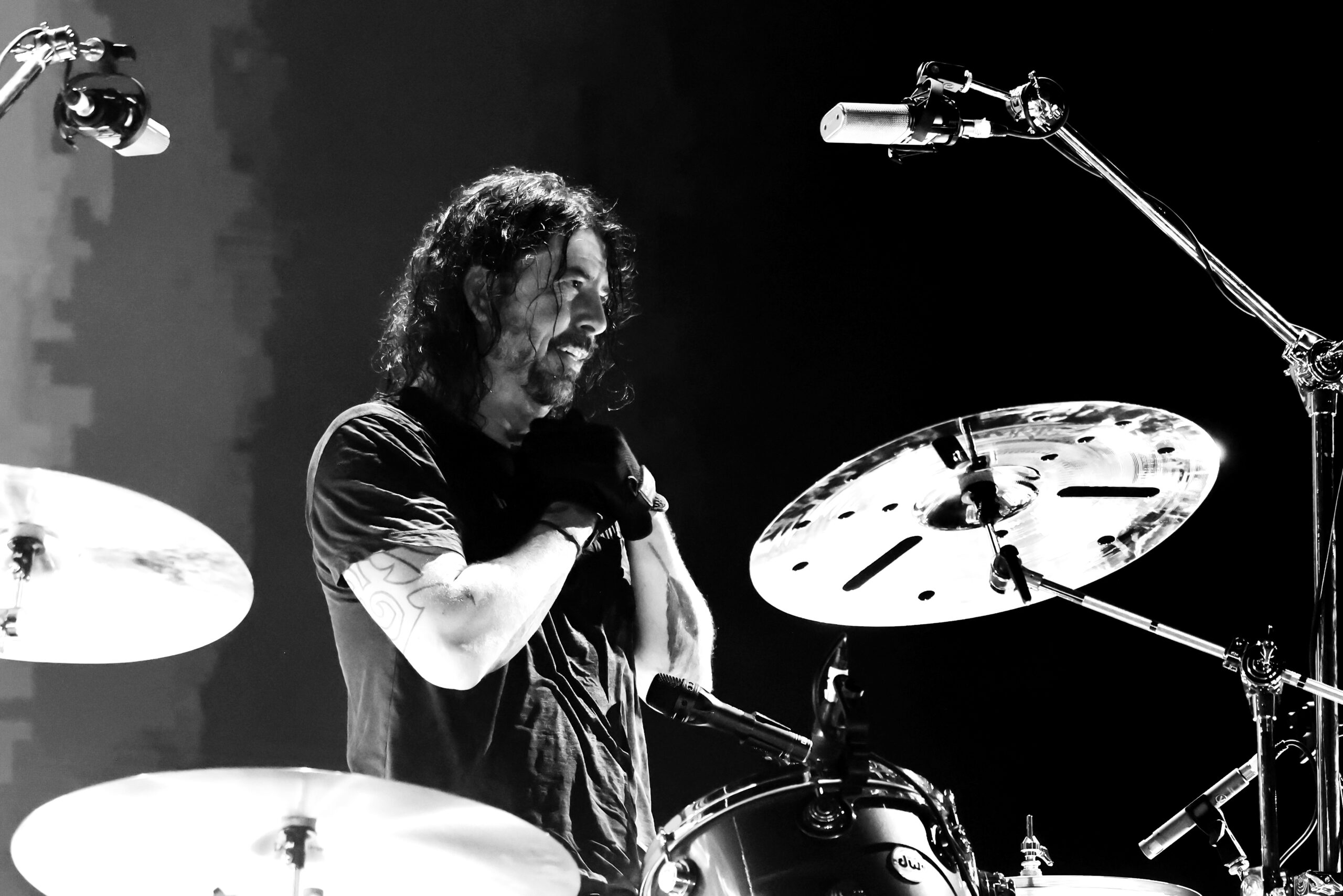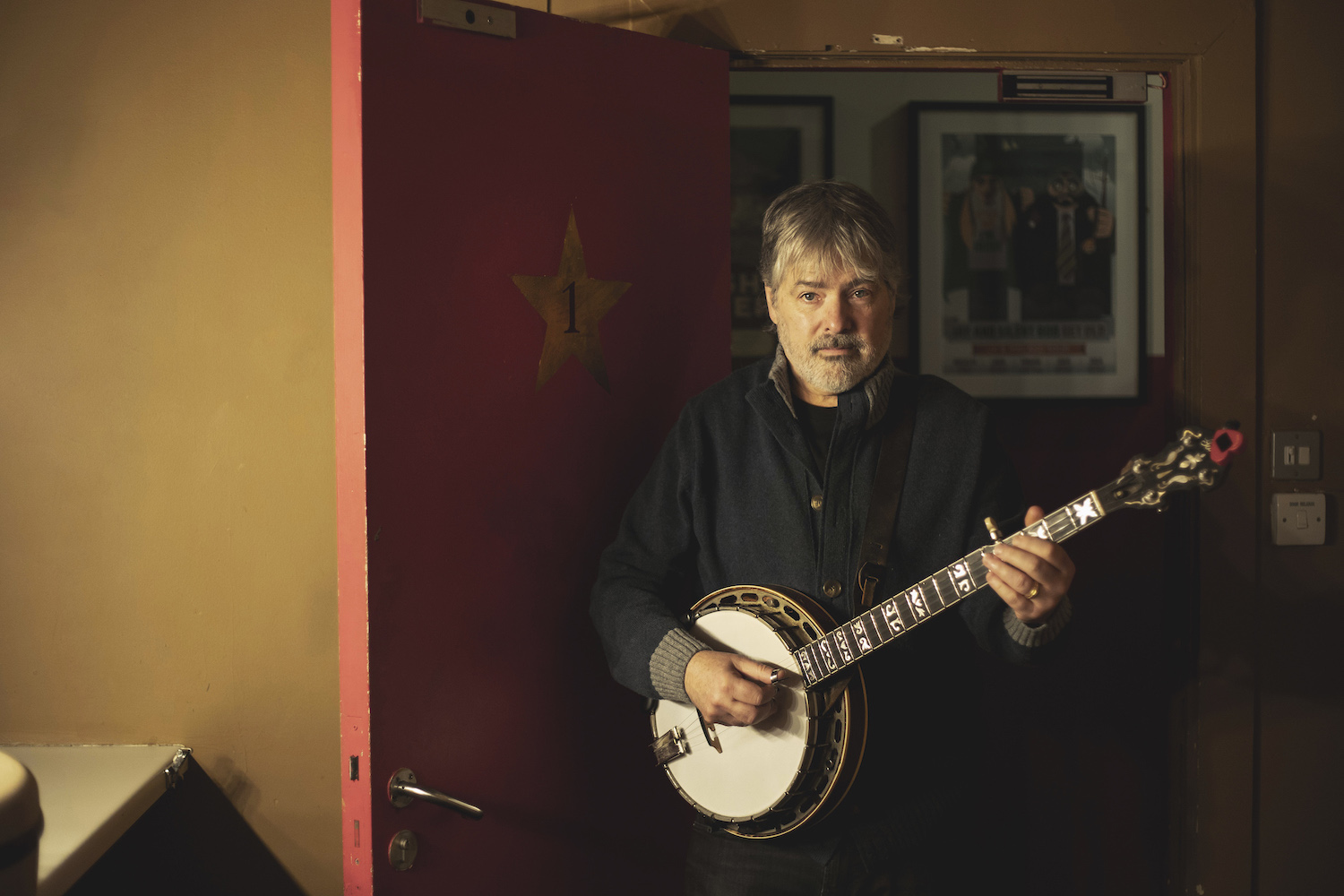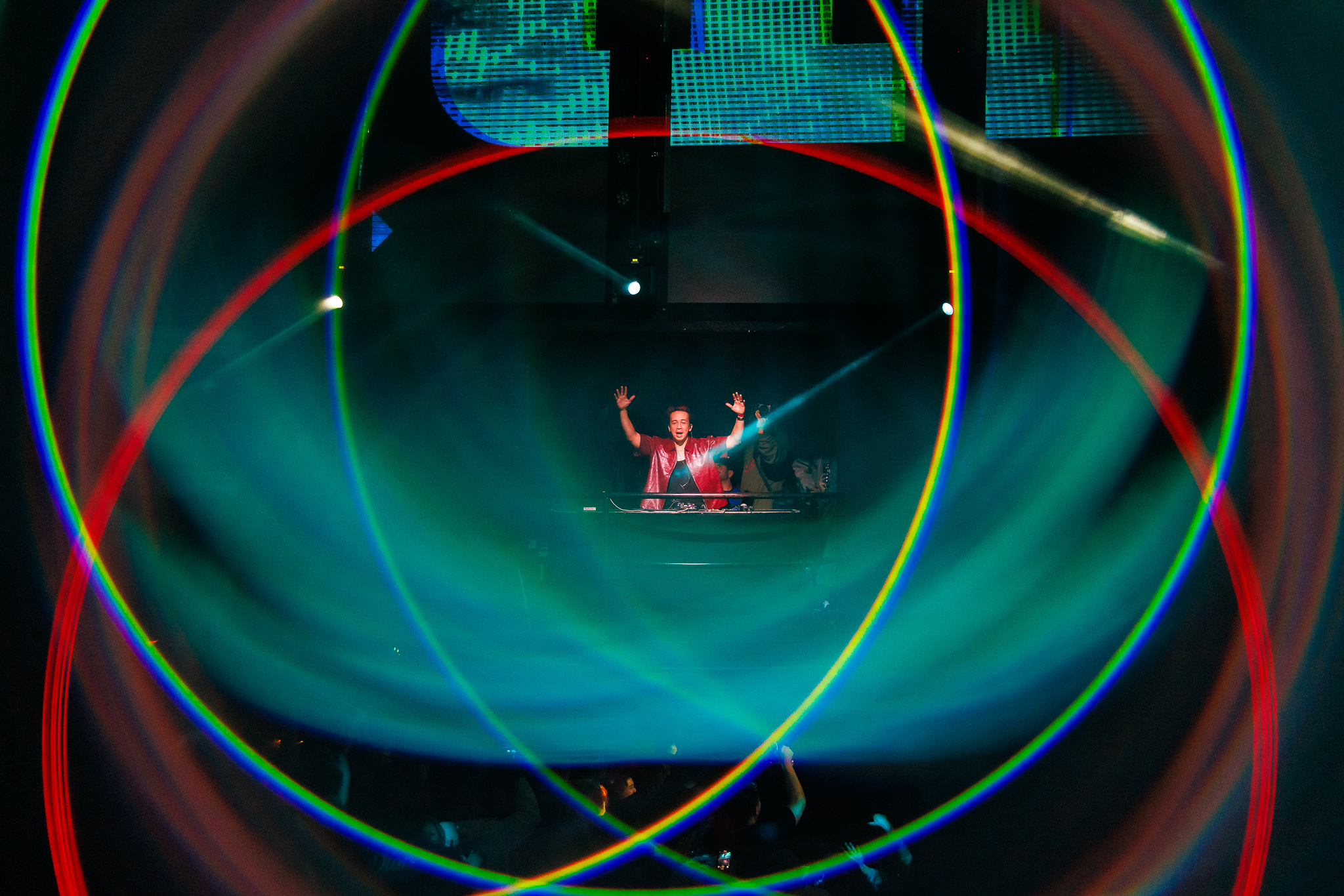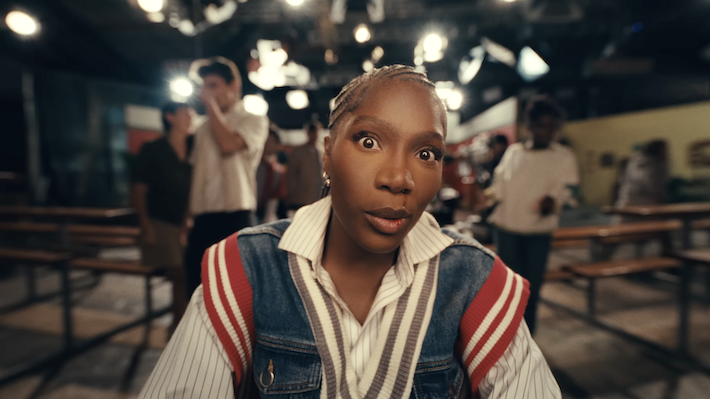Deragh Campbell Gives the Signal
Kazik Radwanski’s Matt and Mara premieres tomorrow, February 1, exclusively on MUBI.Deragh Campbell in Trinity Bellwoods Park, Toronto. Styled by Mara Zigler. Photograph by the author.To the horror and delight of Toronto filmgoers, there is a moment in Kazik Radwanski’s Matt and Mara (2024) when the lead actress cups a palmful of water from the outdoor fountains at Yonge-Dundas Square and splashes her face, her mouth slightly agape. One does not do this (locals will note a vague air of urine around the intersection). The action is especially baffling for this previously reserved character, who then jetés over the spurting jets. It’s a moment of modest physical comedy that reveals the protean mannerisms of both the character and the actress, Canadian indie stalwart Deragh Campbell.There was a certain hum around this year’s Toronto International Film Festival, with the double-barrelled Canadian premieres of Matt and Mara and Sofia Bohdanowicz’s Measures for a Funeral (2024), two character studies starring Campbell.1 Campbell, who has maintained a working relationship with both directors for nearly a decade, is indispensable to Toronto’s independent film scene and has been hailed as “a next-gen Gena Rowlands” for her expressivity and tendency to gesticulate. The daughter of theater director Jackie Maxwell and stage actor Benedict Campbell, she is perhaps best known for her leading role in Radwanski’s Anne at 13,000 Ft. (2019), where she plays a volatile daycare worker collapsing under daily pressures after skydiving at a bachelorette party. Campbell was studying creative writing in Montreal when she was cast in her first film, I Used to Be Darker (2013), a moment she described in 2019 as a “sharp break” between her writing and acting lives. I Used to Be Darker, along with her second feature film Stinking Heaven (2015), were both low-budget American productions, each to some degree about disturbances to domestic order. In both, Campbell plays a troubled character feeling her way through fraught circumstances—teen pregnancy and alcoholism, respectively. In the mid-2010s, Campbell decided to turn to Canadian films, in large part because she did not consider herself “competitive enough” for the bigger-budget American market. “The intersection of art and commerce has always made me a bit uncomfortable, and I need to find ways to make it a bit more human for myself,” Campbell tells me in November in the kitchen of her Toronto apartment. “I have a hard time even thinking of myself as an actor. I largely think of myself as an audience member and a reader, and acting as a way to be inside of a story.”Measures for a Funeral (Sofia Bohdanowicz, 2024).In Measures for a Funeral, Campbell reprises the role of Audrey Benac, a character who has made five other appearances throughout Bohdanowicz’s filmography, in Never Eat Alone (2016), Veslemøy’s Song (2018), MS Slavic 7 (2019, codirected by Campbell), Point and Line to Plane (2020), and A Woman Escapes (2022, codirected by Blake Williams and Burak Çevik). Named after Bohdanowicz’s cousin and a kind of cipher for the director herself, Audrey is stoic but inquisitive, habitually on excursions to library archives and art museums in an effort to unveil obscure family histories. These films form a kind of ancestral poesis, carefully parsing literature, visual art, television, and music for signs of acquaintance; in several of them, Campbell has acted alongside Bohdanowicz’s own family members, playing themselves. Campbell has had a large part in how the character of Audrey has developed, to the point of earning cowriter and -director credits on several films. Bohdanowicz wrote an outline for Never Eat Alone, leaving Campbell and Joan Benac to improvise their dialogue. “By MS Slavic 7, our collaboration deepened,” Bohdanowicz tells me. “Deragh sat alongside me during the edit of the film and offered so many innovative ideas, and I wanted to honor that collaboration with a codirector credit.” Bohdanowicz and Campbell wrote the script of Measures for a Funeral together in Paris in the early months of the pandemic, which necessitated a permission slip identifying Campbell as the director’s assistant, in case she was stopped by authorities. The script was locked before shooting to ensure efficiency on set, mitigating the threat of COVID transmission. “Deragh approached Audrey in a more structured, deeply introspective way compared to our earlier, more improvisational projects,” says Bohdanowicz. “This was a departure, as Audrey became more closed-off and driven by grief, which demanded a disciplined and focused performance.” Measures for a Funeral (Sofia Bohdanowicz, 2024).The Audrey of Measures for a Funeral is an apathetic graduate student nearing the end of her tenure at the University of Toronto’s Faculty of Music, and contending with the declining health of her mother in hospice care. To her advisor’s chagrin, she has not developed her thesis. Her subject is Kathleen Parlow, the

Kazik Radwanski’s Matt and Mara premieres tomorrow, February 1, exclusively on MUBI.

Deragh Campbell in Trinity Bellwoods Park, Toronto. Styled by Mara Zigler. Photograph by the author.
To the horror and delight of Toronto filmgoers, there is a moment in Kazik Radwanski’s Matt and Mara (2024) when the lead actress cups a palmful of water from the outdoor fountains at Yonge-Dundas Square and splashes her face, her mouth slightly agape. One does not do this (locals will note a vague air of urine around the intersection). The action is especially baffling for this previously reserved character, who then jetés over the spurting jets. It’s a moment of modest physical comedy that reveals the protean mannerisms of both the character and the actress, Canadian indie stalwart Deragh Campbell.
There was a certain hum around this year’s Toronto International Film Festival, with the double-barrelled Canadian premieres of Matt and Mara and Sofia Bohdanowicz’s Measures for a Funeral (2024), two character studies starring Campbell.1 Campbell, who has maintained a working relationship with both directors for nearly a decade, is indispensable to Toronto’s independent film scene and has been hailed as “a next-gen Gena Rowlands” for her expressivity and tendency to gesticulate. The daughter of theater director Jackie Maxwell and stage actor Benedict Campbell, she is perhaps best known for her leading role in Radwanski’s Anne at 13,000 Ft. (2019), where she plays a volatile daycare worker collapsing under daily pressures after skydiving at a bachelorette party.
Campbell was studying creative writing in Montreal when she was cast in her first film, I Used to Be Darker (2013), a moment she described in 2019 as a “sharp break” between her writing and acting lives. I Used to Be Darker, along with her second feature film Stinking Heaven (2015), were both low-budget American productions, each to some degree about disturbances to domestic order. In both, Campbell plays a troubled character feeling her way through fraught circumstances—teen pregnancy and alcoholism, respectively. In the mid-2010s, Campbell decided to turn to Canadian films, in large part because she did not consider herself “competitive enough” for the bigger-budget American market.
“The intersection of art and commerce has always made me a bit uncomfortable, and I need to find ways to make it a bit more human for myself,” Campbell tells me in November in the kitchen of her Toronto apartment. “I have a hard time even thinking of myself as an actor. I largely think of myself as an audience member and a reader, and acting as a way to be inside of a story.”

Measures for a Funeral (Sofia Bohdanowicz, 2024).
In Measures for a Funeral, Campbell reprises the role of Audrey Benac, a character who has made five other appearances throughout Bohdanowicz’s filmography, in Never Eat Alone (2016), Veslemøy’s Song (2018), MS Slavic 7 (2019, codirected by Campbell), Point and Line to Plane (2020), and A Woman Escapes (2022, codirected by Blake Williams and Burak Çevik). Named after Bohdanowicz’s cousin and a kind of cipher for the director herself, Audrey is stoic but inquisitive, habitually on excursions to library archives and art museums in an effort to unveil obscure family histories. These films form a kind of ancestral poesis, carefully parsing literature, visual art, television, and music for signs of acquaintance; in several of them, Campbell has acted alongside Bohdanowicz’s own family members, playing themselves.
Campbell has had a large part in how the character of Audrey has developed, to the point of earning cowriter and -director credits on several films. Bohdanowicz wrote an outline for Never Eat Alone, leaving Campbell and Joan Benac to improvise their dialogue. “By MS Slavic 7, our collaboration deepened,” Bohdanowicz tells me. “Deragh sat alongside me during the edit of the film and offered so many innovative ideas, and I wanted to honor that collaboration with a codirector credit.”
Bohdanowicz and Campbell wrote the script of Measures for a Funeral together in Paris in the early months of the pandemic, which necessitated a permission slip identifying Campbell as the director’s assistant, in case she was stopped by authorities. The script was locked before shooting to ensure efficiency on set, mitigating the threat of COVID transmission. “Deragh approached Audrey in a more structured, deeply introspective way compared to our earlier, more improvisational projects,” says Bohdanowicz. “This was a departure, as Audrey became more closed-off and driven by grief, which demanded a disciplined and focused performance.”

Measures for a Funeral (Sofia Bohdanowicz, 2024).
The Audrey of Measures for a Funeral is an apathetic graduate student nearing the end of her tenure at the University of Toronto’s Faculty of Music, and contending with the declining health of her mother in hospice care. To her advisor’s chagrin, she has not developed her thesis. Her subject is Kathleen Parlow, the prodigious Canadian violinist who trained her grandfather—a detail drawn from Bohdanowicz’s life. Audrey’s late father had also been a violinist of some acclaim, and her mother grew bitter as his musical career had eclipsed her own. “When I die, I want you to scatter [his] violin’s ashes with mine,” she urges her daughter over the phone.
Six years ago, Veslemøy’s Song took up a similar premise: Audrey travels to the New York Public Library to hear a rare, archived performance by Parlow which moves her to tears. But her session ends before the song is finished, and the film leaves her in the midst of her dissatisfaction. In Measures, Audrey’s research is not truncated in this manner, and she is instead at liberty to touch, listen, and play with this history. Her gloved hands rifle through Parlow’s archive, gently tracing portraits and sheet music with her fingertips—a tender, haptic relationship with the artifacts that endows them with a deep longing.
Upon discovering Opus 28, a lost concerto by Johan Halvorsen dedicated to a then teenage Parlow in 1909, Audrey sets off on a voyage that will take her to London, Oslo, and finally to Montreal as she seeks to stage the composition for the first time in a century.2 (Campbell’s preparation for the role involved a solo trip to Rome spent taking in the city’s cultural marvels in order to “ignite Audrey’s spirit” of academic inquiry.)

Measures for a Funeral (Sofia Bohdanowicz, 2024).
These scenes of rehearsal halls, library stacks, and concert venues which trace her intellectual and emotional quest are captured by Nikolay Michaylov, who also shot Matt and Mara and Anne at 13,000 Ft. He was in the airplane with Deragh for Anne at 13,000 Ft and held her hand as she prepared to jump, Bohdanowicz remembers, “a sensitivity that carried through to Measures for a Funeral.” Campbell speaks about the freedom of motion and the tactility with which she constructs her performances, both of which are made possible by the trust that has developed with her regular collaborators, who can by now anticipate some of the variations she may make to a scene.
Campbell plays Audrey with impressive austerity, flitting between philosophical pas de deux with peers and saucer-eyed wonder at the sounds conjured by this nomadic Opus. Her dialogue is at times stilted—some might register it as self-consciously academic—but this lends Audrey a mythic quality. “We were thinking about this idea of elevated attention to the point where it becomes a bit melodramatic, in the way that a samurai has a mission which they must complete,” said Campbell, handing me her box set of Lone Wolf and Cub, the highly regarded 1970s manga by Kazuo Koike and Goseki Kojima.
Audrey’s academic posture might seem not to square with the fluidity of a samurai figure, but her character, like Lone Wolf, is configured around gesture, music, pursuits of ancestral knowledge, grief, and avenging the dead. Campbell’s performance evokes something grand, mysterious, and decidedly private, and as Audrey uncovers truths about Parlow, she exposes her own wounds to the audience—a kind of puzzle box of personal and professional discovery.

Campbell in Trinity Bellwoods Park, Toronto. Styled by Mara Zigler. Photograph by the author.
As Mara, Campbell adopts a far more naturalistic approach, playing a creative-writing professor who is abruptly reunited with Matt (Matt Johnson), a familiar face from her college days, now a successful writer in New York. Campbell and Johnson previously played a lopsided couple in Anne at 13,000 Ft., a showcase for their volatile chemistry. “We were always writing with both Matt and Deragh and their real-world dynamic in mind,” producer and coauthor Samantha Chater tells me. “It was a jumping-off point—Matt is naturally more impulsive and provocative, and Deragh is much more thoughtful and academic.”
The film is Rohmerian in the way it unsettles domestic ethics; at one point, Mara pulls her sweater over her head in a deliberate gestic citation of Bernard Verley in Love in the Afternoon (1972), playing a character similarly embroiled in an emotional affair with someone from his past. Mara is married to Samir (Mounir Al Shami), with whom she shares a toddler (Avery Nayman, daughter of film critic Adam Nayman). The pair bicker indifferently or evade each other as if they were roommates and are seldom seen parenting together. Before they go on a run, she warns him not to overtake her, as it pressures her to keep pace; when he doubles over with an injury, she races onward, with a trace of relief on her face.
“Something I started exploring around MS Slavic 7 and Anne at 13,000 Ft. and pushed a bit further with Mara and Audrey, was the idea of a protagonist being a bit disgusting,” says Campbell. “It’s maybe a kind of self-deprecation—feeling a bit embarrassed about holding this attention from the audience and wanting to show something a bit ignoble about myself or about the character.”

Matt and Mata (Kazik Radwanski, 2024).
Matt animates a dormant playfulness in Mara, though his newfound acclaim (for a short story collection titled Rat King) touches a nerve. Mara, who has not published in years, expresses to him her latest creative ambition: to write a character who purports to know nothing about themselves or their desires; —in other words, a nearly anthropological study of a person almost exactly like herself. Mara’s inability to identify her own feelings toward Matt, Samir, and her work is especially interesting as Campbell’s acting is so expressive; in the space of a single scene, Mara goes from giggling and restless to closed off entirely, as if fighting her own reactions. The cumulative effect is of a person who knows nothing of themselves but is plainly legible to others.
“Her character also had a lot of interiority that is sometimes difficult to convey in film without exposition, but Deragh can do that with a simple shift in expression,” says Chater. Unlike Matt, who is constantly attuning his emotions to the future, Mara comports herself with the heaviness of an incommunicable past.
The film’s title makes it sound like a two-hander, but the project orbits around Mara, whose rhythms are affectionately encroached upon, though never outstripped, by Matt. “I’ve always played main characters, which I think is unusual for an actor,” Campbell laughs. “In these films, my characters are the vehicle by which you move through the story. I have a bit of protagonist overdose.”

Matt and Mara (Kazik Radwanski, 2024).
Measures for a Funeral and Matt and Mara represent a head-versus-heart dialectic, the former leaning cerebral (scripted) and the latter airy (largely improvised). But both stories impress upon viewers with a kind of charming severity that our temperamental unions can either feed or starve our artistry.
Toronto is often a screen proxy for buzzier metropolises. It has an orphan quality, or placelessness, as Ariella Garmaise finds in her review of Matt and Mara. Bohdanowicz and Radwanski locate this alienation through Campbell’s characters. Audrey and Mara, in twin states of stagnancy, are revivified by Parlow and Matt—emblems of the past who are both shrewdly put to rest by the end of the films.
The films were shot in close succession, with Campbell diving back into the character of Audrey shortly after principal photography for Matt and Mara wrapped in late 2022. Reshoots for both films overlapped, which meant Campbell was constantly changing her hair color, as her characters are always blonde in Radwanski’s films and brunette in Bohdanowicz’s. When both projects finally concluded, Campbell cut her hair short.

Campbell at home in Toronto. Photograph by the author.
Last year, Campbell starred in Lucy Kerr’s debut feature, Family Portrait (2023), a chamber piece set on the Guadalupe River in Texas, in which she plays a skittish young woman attempting to corral her sprawling family for a group photograph. “I saw Deragh in Anne at 13,000 Ft. and was immediately drawn to her,” Kerr tells me. “She has a deep well of expression and makes brilliant and unusual choices, and I was very excited to see her take certain scenes in unexpected directions.” Kerr also credits Campbell with reshaping story elements, as about half of the film’s scenes were improvised.
Campbell’s penchant for unscripted action runs through her filmography, though she occasionally worries that she might be playing to type. “My method is not about imitating a behavior or taking a person or trait as a model, but it’s a lot more, like, me plus this story equals this character,” Campbell explains when I ask about how often she plays a character that is a cipher for the director. “Sometimes I feel self-conscious that the characters don’t change enough from me, and they always verge on satirizing myself.”
Though they share a kind of neuroticism that may be the actress’s own, Mara and Audrey represent two distant personalities bound by Campbell’s expressivity and bearing. The more relevant line of inquiry might be how the characters speak to each other through the body of the actor. “Drawing is like making an expressive gesture with the advantage of permanence,” said Henri Matisse. The same might be said of the art of acting before a camera, or imposing one’s body onto the moving image.

Campbell in Trinity Bellwoods Park, Toronto. Styled by Mara Zigler. Photograph by the author.
“I like contamination—I think it’s interesting having little traces of Mara or myself in Audrey,” says Campbell. “I’m pretty obsessed with forming relationships between different texts. My dad used to do this thing when I was a little kid where he would come up with a code to implant in his shows, like, ‘At the top of the third act, when I turn and say this to Hamlet, I’m going to make a gesture with my hand as a signal to you.’”
The idea of contamination as a performance strategy not only creates strong relationships between Campbell’s texts, but also enables a continuous signalling to and from the actress. Where her father’s discrete signals were meant especially for her, Campbell’s mode of address is both to herself and the audience; if one can build associations between Audrey and Mara, they can discover traces of these figures in Campbell’s past works as well.
Toward the end of our conversation, Campbell references Chantal Akerman’s cinema of gestures—in particular her direction of Aurore Clément in Les Rendez-vous d’Anna (1978)—and the extent to which the acting body is choreographed rather than moved by constructed interiority. “I much prefer external gestures creating an internal experience because then it’s about discovery rather than presentation,” she says. “To not hold an awareness of being watched in your body is so hard—you have to find something within the fiction to absorb you.”
- This isn’t the first time that the directors’ films have aligned. In 2019, Radwanski’s Anne at 13,000 Ft. premiered at TIFF just a month before Bohdanowicz’s MS Slavic 7 held its Toronto premiere at the TIFF Lightbox. ↩
- Opus 28 was discovered in the basement archives at University of Toronto’s Faculty of Music in 2015 by a librarian digitizing Parlow’s archive. ↩

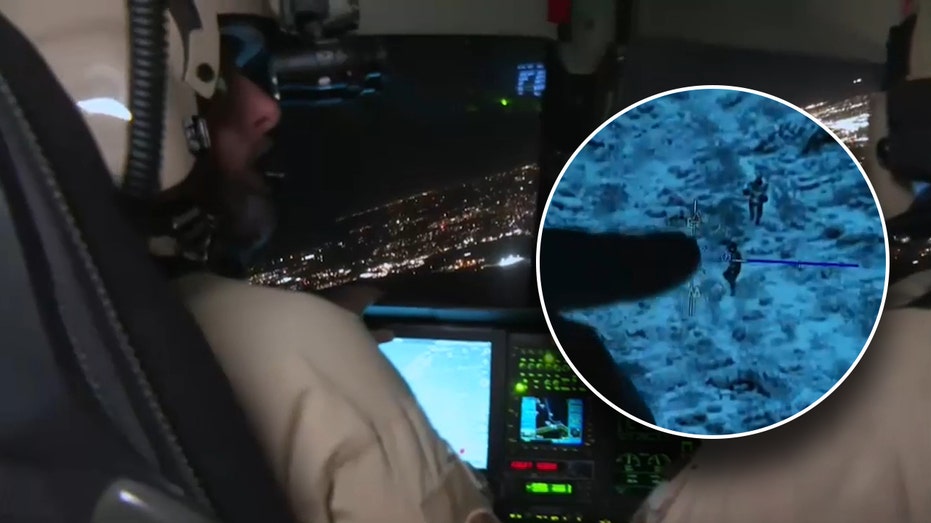

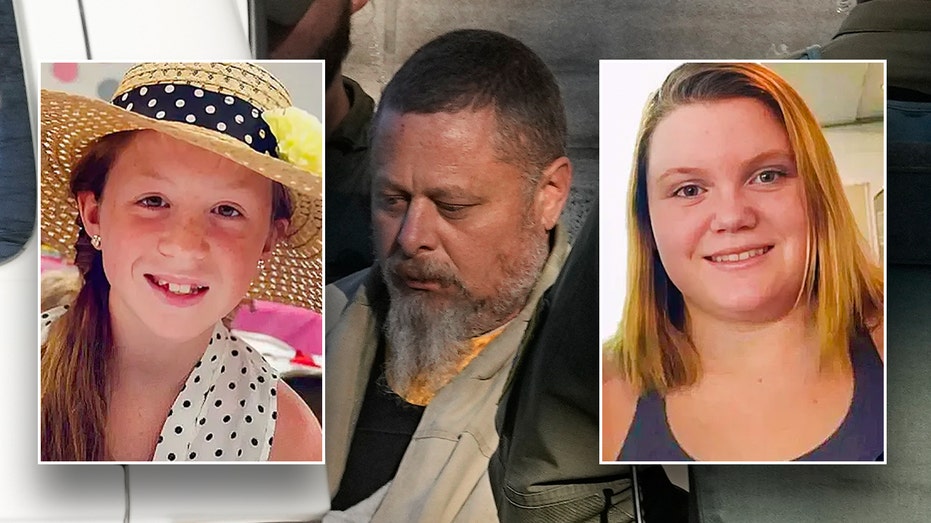






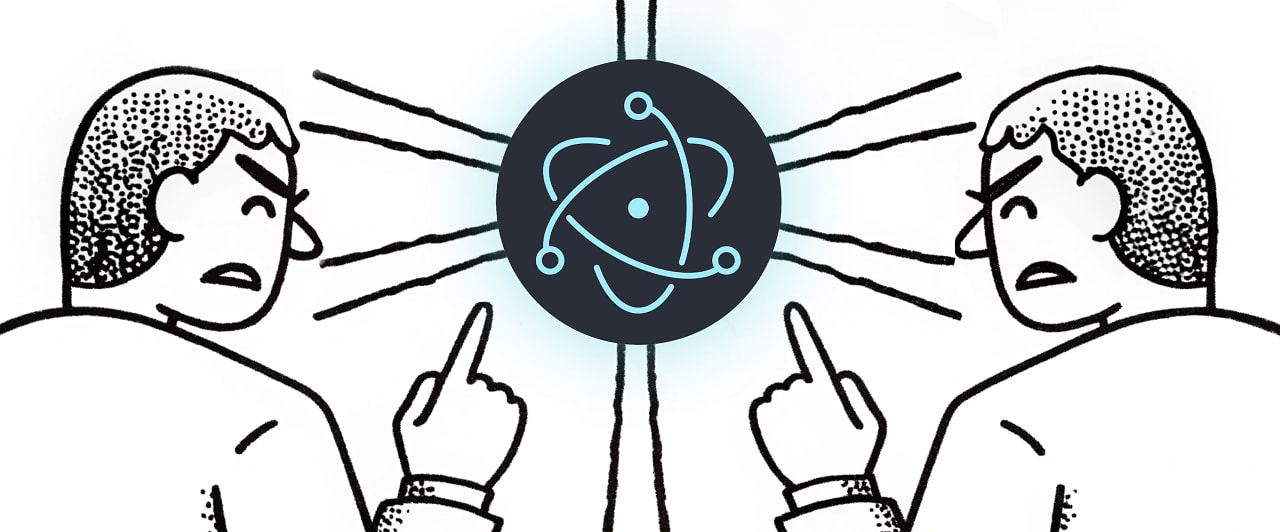


![From Gas Station to Google with Self-Taught Cloud Engineer Rishab Kumar [Podcast #158]](https://cdn.hashnode.com/res/hashnode/image/upload/v1738339892695/6b303b0a-c99c-4074-b4bd-104f98252c0c.png?#)




